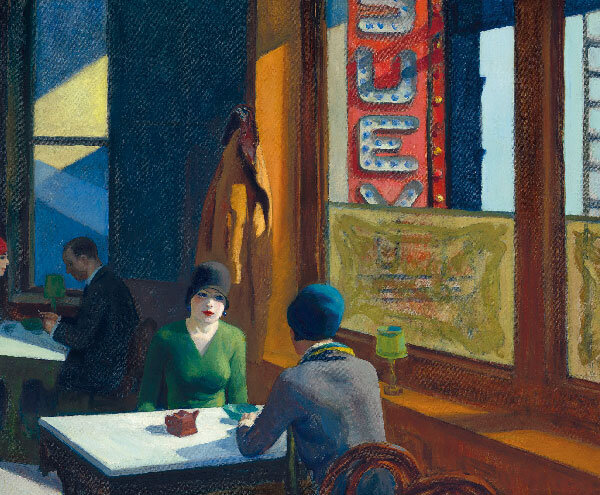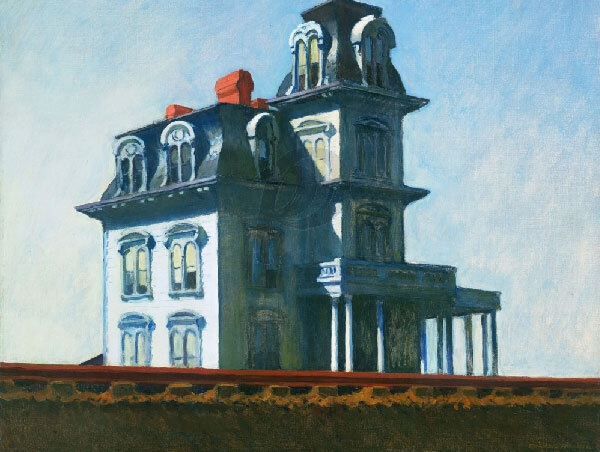A simple google search of ‘Hotel’ - ‘Loneliness’ brings up the familiar images of Edward Hopper. Almost everyone will recognise his work - If they haven’t seen his work itself they will have seen a version of it referenced in pop culture. What made him so famous is how he taps into the idea of feeling lonely even though you are surrounded by people. In our modern social media era, this idea has not diminished. Instead, it has increased, making Hopper’s work super relevant to explore.
There is a dystopian, hyper-normal feel to his images. It seems to be our world, yet at the same time, appears to portray a place that does not exist. There is a certain level of desolation to his images. I believe this is how he is able to depict the loneliness that the characters are feeling, and then reflect those feelings back towards the viewer.
Ivo Kranzfelder, in his book Hopper, ‘Vision of Reality’ (1995) talks about this in more depth when looking at the painting ‘Hotel Room, 1931’:
“The object of attention of Hopper’s female figures, like the environment, changes from painting to painting, but all of them depict a moment of self-absorption in an intimate situation. This puts the viewer in the role of inadvertent voyeur.”
I find that last part a fascinating insight; 'voyeur' I think sums up Hoppers work really well. It also sums up the general experience of staying in hotels - It's hearing peoples voices in the corridor or in the next room. It's the door that leads to somewhere off-limits. Perhaps it’s even the hotel room itself. It's someone else’s room that you are borrowing for a while. It’s seeing peoples empty room service trays, piled with plates, outside their door.
Hotel Room, 1931
I also doubt I’m not the only person who gets slightly paranoid that there might be cameras behind the massive, imposing mirrors glued to the walls, or that perhaps there is a crawl space behind them where an old guest has taken up residence. What is fascinating about this particular painting is that we glean so much emotion simply from the figures reaction to a piece of paper, even though we are unable to ascertain what is actually on it. Her bags are still packed and the bed is crisp and untouched, yet the model has begun to undress. What has made her stop in her tracks to look at the paper? Was it a note she was handed as she entered the lobby? Perhaps a letter that arrived at the hotel before her? The name of someone she’s due to meet? Maybe it's a travel brochure and all the signs - like shadow on the face, slumped shoulders, vunerability of the model in her under clothes - are all red herrings. Whatever the situation, these are certainly great tools to bear in mind when creating my own images. These paintings scream the words ‘Hotel’.
Office in a Small City, 1953
What I think is important to remember is that Hopper hasn’t chosen to set his paintings at hotels by mistake - They are all considered locations, designed to make you feel a certain way. Placing the characters in hotels, in rooms which seem very clinical and unfamiliar, emphasises their feelings of vulnerability and loneliness.
These themes continue to inspire the project, and I’ll be continuing to dig into the semiotics behind Hopper’s work in the coming weeks.
Next step - getting down to some drawing!
Chop Suey, 1929
House by the Railroad, 1925
Gas, 1940





